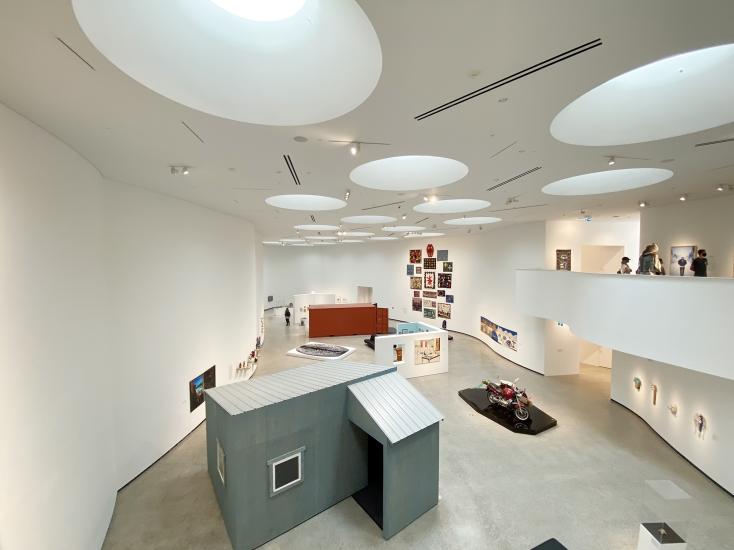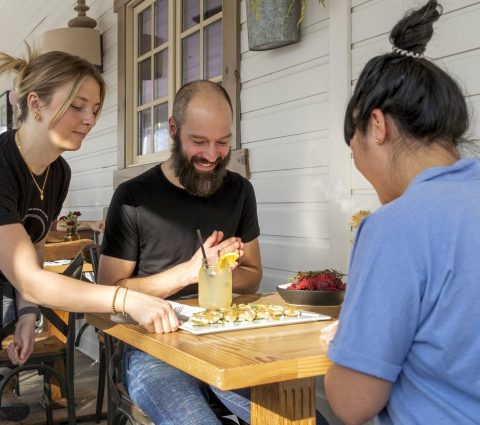- Things To Do
- Events
- Food & Drink
-
Places To Go
- Winnipeg
- Churchill
- Eastern Region
- Central Region
- Interlake Region
- Parkland Region
- Western Region
- Manitoba North
- Must-See Destinations
-
Itineraries
- Island Getaway on the Prairies
- Wheat City Wanderings in Brandon
- Escape to the water and the wild
- St. Boniface Winter: Passion and History
- Follow the path to a story in Neepawa
- Unleash your inner Viking this winter
- Explore Clear Lake this winter like never before
- Breathe in the Whiteshell this winter
- Go North for a boreal forest escape
- Treaty Areas
- Where To Stay
- Trip Essentials
- #ExploreMB Blog
Navigation Options
- FREN
- Things To Do
- Events
- Food & Drink
-
Places To Go
- Winnipeg
- Churchill
- Eastern Region
- Central Region
- Interlake Region
- Parkland Region
- Western Region
- Manitoba North
- Must-See Destinations
-
Itineraries
- Island Getaway on the Prairies
- Wheat City Wanderings in Brandon
- Escape to the water and the wild
- St. Boniface Winter: Passion and History
- Follow the path to a story in Neepawa
- Unleash your inner Viking this winter
- Explore Clear Lake this winter like never before
- Breathe in the Whiteshell this winter
- Go North for a boreal forest escape
- Treaty Areas
- Where To Stay
- Trip Essentials
- #ExploreMB Blog

A visit to Manitoba means travelling through Treaty 1, 2, 3, 4 and 5 Territory and through communities who are signatories to Treaties 6 and 10. It encompasses the original lands of the Anishinaabeg, Anish-Ininiwak, Dakota, Dene, Ininiwak and Nehethowuk and the homeland of the Métis. To learn more about Manitoba's Treaty areas, click here.

This world-class art gallery earned Winnipeg a spot in TIME's 2021 list of the World's 100 Greatest Places. There are a number of exciting exhibits to see, offering perspectives from Indigenous peoples around the world.

Tuniigusiia/The Gift by Goota Ashoona

Time to Play by Abraham Anghik Ruben

Qaumajuq's Visible Vault
Starting with Qaumajuq, a stunning achievement which houses the world’s largest public collection of contemporary Inuit Art in a visible vault that spans multiple levels of the gallery. Before entering the museum, walk around the outside of the building to admire the white granite exterior (designed by Michael Maltzan Architecture, the facade recalls the vast scale of the north) and see outdoor sculptures by Goota Ashoona, Abraham Anghik Ruben and Ivan Eyre.

Qaumajuq’s Inaugural show, INUA, is on view in Qilak (the main gallery space of Qaumajuq) until April 2022 and features a wide array of old, modern and contemporary works. INUA means spirit or life force and is also an acronym for Inuit Nunangat Ungammuaktut Atautikkut or ‘Inuit Moving Forward Together.’

"Ajjigiingiluktaaqugut (We Are All Different)", by Lindsay McIntyre

“Four Seasons of the Tundra” by Ruth Qaulluaryuk
This theme is explored in many of the works such as “Four Seasons of the Tundra” by Ruth Qaulluaryuk which depicts the intersecting relations between Inuit; unique yet unified, as well as the ever-changing physical landscape. Or in the mixed media piece, "Ajjigiingiluktaaqugut (We Are All Different)", by Lindsay McIntyre, which explores a conversation on belonging and identity.
Next, continue on to Heartbeat of a Nation - Métis Women, 250 Years. On view until November 6, 2021, the exhibit features works by artist Tracy Charette Fehr.

After tracing her grandmother’s history back to 1770 (250 years ago), Fehr honoured the lives of Métis women with 250 handmade, smoke-fired bowls.

Directly beside this exhibit is Naadohbii: To Draw Water. The exhibit is part of WAG-Qaumajuq’s Inaugural Winnipeg Indigenous Triennial; a project which brings in a large-scale Indigenous exhibition every three years.
Curated by Jaimie Isaac, WAG Curator of Indigenous and Contemporary Art, the space contains an intriguing, interdisciplinary mix of works from artists from North America, Australia and New Zealand — weaving solitary through a common connection to water.
For many Indigenous cultures, water has spiritual, environmental and social meaning -- and is an element essential to the survival of history, identity and future generations. With devastating changes to the world’s oceans, lakes and rivers, along with continuous issues with access to water (such as water boil advisories in communities in Manitoba and the world), water has become a top concern for Indigenous communities.

Large scale installations leave an impact; from Rebecca Belmore’s "Body of Water" (a memorial to the collective grievances in connection to water) to Rachael Rakena and Keri Whaitiri’s "Ahakoa he iti" - which incorporates footage from the aftermath of the controversial Foreshoe and Seabed Act.

"Ahakoa he iti" by Rachael Rakena and Keri Whaitiri

Body of Water by Rebecca Belmore

Further into the space, find the "Onaman Collective" by Christi Belcourt and Isaac Murdoch. This grassroots art initiative shares traditional knowledge and language with youth. The posters on display in the gallery send messages of social consciousness and activism. Visitors are encouraged to take a poster to spread the word on water protection.
There are endless perspectives to discover here, so take your time and savour the diverse array of pieces; from projections and recordings to painted pelts and weavings. As you leave, feel free to take a bag of wild rice that is presented at the entrance as a token and reminder of the exhibit.

Wild rice

Israel Birch

Nikau Hindin
Travel Manitoba staff was hosted by the Winnipeg Art Gallery, who did not review nor approve this story.

